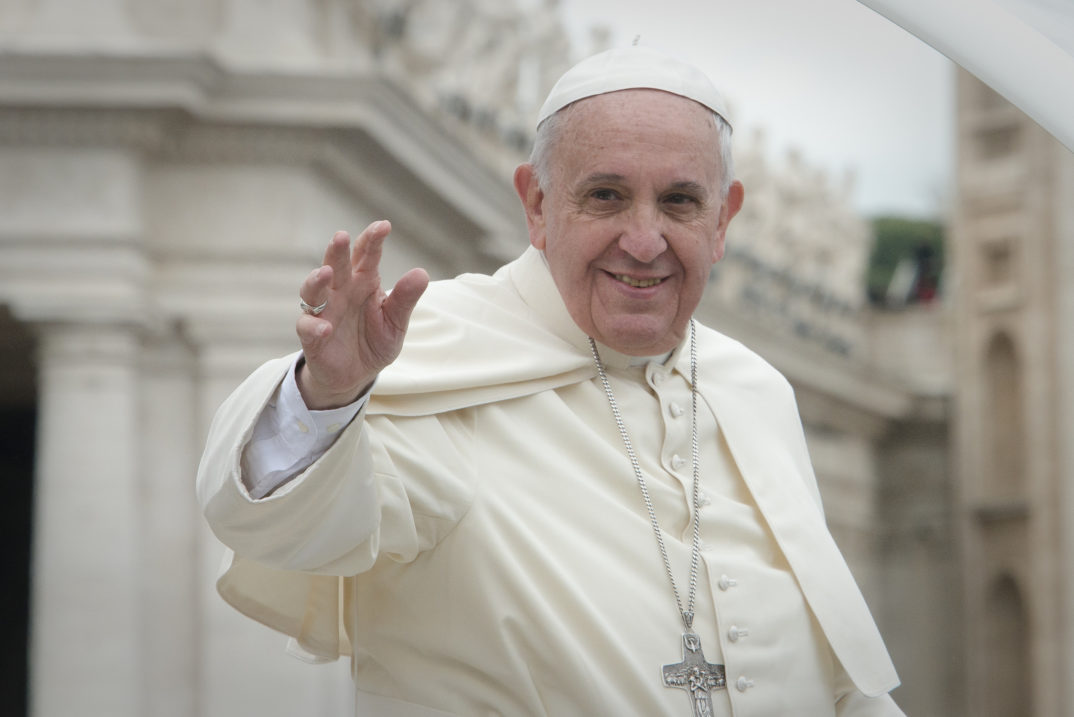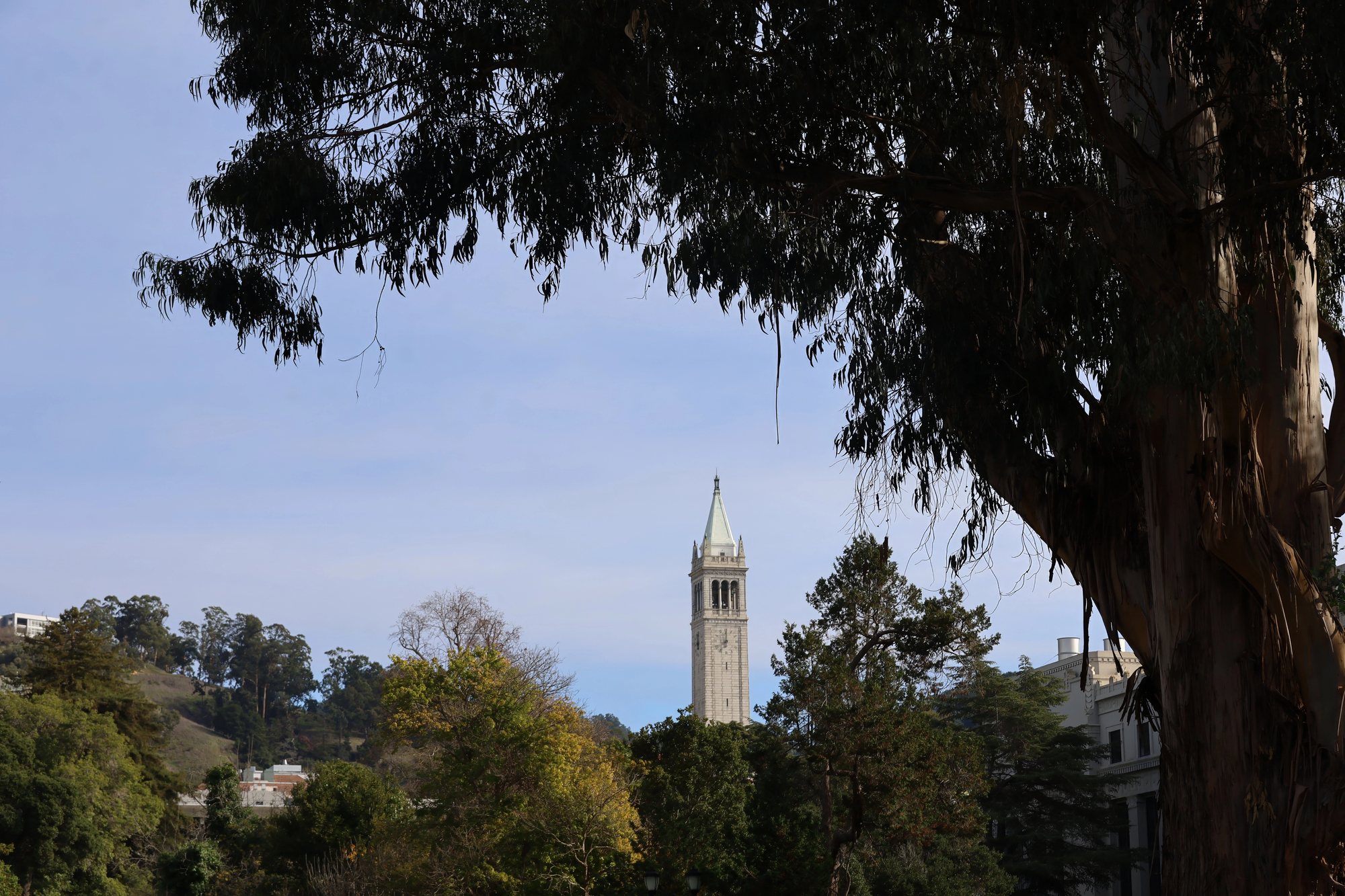Opinion: The Pope, Fake News, and the Gospels
After an unpopular visit to South America, Pope Francis now has released a statement condemning “fake news.” It has long been suspected that this Pope has leftist ideological leanings, and it seems that Francis’ remarks about “fake news” are directed against Donald Trump and his populist tactics, although the U.S. president remained unmentioned.
It is of course always welcome when a world leader denounces journalistic manipulation. But, it seems this is yet another populist ploy employed by Francis, perhaps as a way to divert attention from the fact that, in Chile, there were massive protests against his visit because of his support of high-ranking Church clergymen who were accused of sexual child abuse.
In his statement, Francis claimed that the first fake news was delivered by the serpent in the book of Genesis. Presumably, the Pope meant this in some sort of allegorical way (Catholicism allows for a non-literal reading of the story of the Fall). But, alas, there is a great deal of fake news in the Bible, and Francis’ remarks are hypocritical, inasmuch as Christianity itself is founded upon some deliberate lies. The word evangelion (gospel) means “good news.” But, in many regards, they are fake news. There are plenty of implausible events narrated in the gospels: a woman who gives birth without having sex, a star that mysteriously moves across the sky, a man who dies and resurrects three days later, and so on.
By the 19th Century, theologians (Paulus, Strauss, Reimarus) who were influenced by the rationalism of the Enlightenment began to understand that the gospels cannot entirely be considered reports of historical events. They began to accept that Mary was not a virgin when Jesus was born, that Jesus was probably born in Nazareth, that the disciples may have had hallucinations of Jesus after his death, and so on. Yet, these theologians never dared say that the gospels were fake news. They tried to rescue Christianity by claiming that we cannot project our modern rationalist mindset on first-century texts. According to this theology, the authors of the New Testament used the imagery of their time to make sense of the events that took place. And, even while coated with implausible narratives, they transmitted so-called “eternal truths” about God, the human condition, etc.
We now know that this is only half true. Yes, the mindset of first-century authors was very different from our contemporary rationalist mindset, and perhaps we may excuse the author of Matthew for saying that, after Jesus’ death, the tombs of Jerusalem broke open and the dead roamed around the city. But even then, many of the implausible stories told in the gospels are not just meant to transmit so-called “eternal truths” coated with supernatural imagery, but rather they were told with very aggressive political intentions, not altogether different from a report by, say, Russia Today or Breitbart News.
Take, for instance, the central story of the gospels, the Passion of the Christ. A careful reading of these events reveals that as the writing process developed, more blame was put on the Jews and less blame was put on the Romans. Mark, the earliest gospel, represents Pilate as a brutal character (which he undoubtedly was) but does not place great responsibility on the Jews. John, the latest gospel, represents Pilate as a relatively benign character who hesitates in ordering Jesus’ execution, whereas the Jews have been plotting Jesus’ death all along.
This is understandable in the context of first-century politics. The gospels were written after the destruction of Jerusalem by the Romans (forty years after Jesus’ death) as a response to a failed Jewish uprising. By then, Christians were splitting from mainstream Judaism and were beginning to realize that their only hope for survival in that chaotic environment was to seek protection from the victorious Romans and take distance from the rebellious Jews. The story of Jesus was told so as to present the Romans in a good light, and the Jews in a more negative portrayal, by twisting many historical events. It is highly unlikely, for example, that a Jewish crowd chose Barabbas over Jesus, and even more unlikely that that same crowd said “His blood be on us and our descendants!” as narrated by Matthew’s gospel. These fake news, eventually, gave rise to centuries of brutal Anti-Semitic persecution. This historical reconstruction comes as a result of complex arguments. But, a great number of renowned scholars on Early Christianity and the Historical Jesus do seem to agree on it: Bart Ehrman, Elaine Pagels, Hector Avalos, John D. Crossan.
Even after the New Testament was finally composed and compiled, many of its texts were maliciously manipulated with interpolations by copyists in order to advance some particular religious views; most notably, the Trinity, as mentioned in I John 5:7-8, but not in the original manuscripts.
Admittedly, many Bible editions (including Catholic ones) acknowledge these interpolations and place footnotes in these passages. But, for the most part, Catholic theology takes the gospel narratives at face value. If the Pope truly wants to denounce fake news, he should begin by acknowledging that the very religious texts upon which his leadership rests, are classic examples of distortion of facts with political motivations, i.e. fake news.





